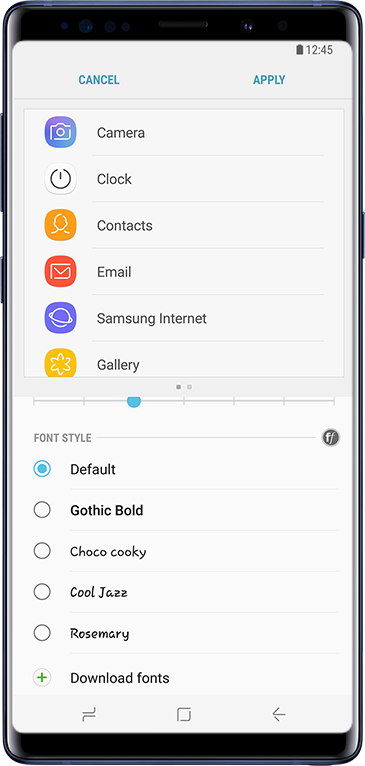
The Bourne-again shell for installation (i.e.Command Line Tools (CLT) for Xcode (from xcode-select -install or.A 64-bit Intel CPU or Apple Silicon CPU 1.You have to confirm everything it will do before it starts. It tells you exactly what it will do before it does it too. It is a careful script it can be run even if you have stuff installed in the preferred prefix already. This prefix is required for most bottles (binary packages) to be used. This script installs Homebrew to its default, supported, best prefix ( /usr/local for macOS Intel, /opt/homebrew for Apple Silicon and /home/linuxbrew/.linuxbrew for Linux) so that you don’t need sudo after Homebrew’s initial installation when you brew install. To start, configure Chocolatey with certain settings.Instructions for a supported install of Homebrew are on the homepage. Once the Chocolatey client is installed, focus on how to use Chocolatey in a Puppet manifest to install software. Use a PowerShell command in a Puppet manifest: exec Install Chocolatey packages with Puppet While there are various ways to install Chocolatey, here are the two simplest:ġ.

Chocolatey has two prerequisites: PowerShell, which needs to be at least at version 2, and. To do this, the Windows Puppet agent must already be installed. The step to use Chocolatey with Puppet for software management is to install the Chocolatey client on the nodes. For Puppet, or another configuration management platform - DevOps-specific or otherwise - Chocolatey is the most adept tool and a regular choice for Windows DevOps professionals.

The alternative to Chocolatey for Windows software installation via Puppet is to use MSI and EXE files directly, which increases overhead to manage the software install files.

IT admins can install and manage software with Chocolatey through Puppet. Since a former Puppet engineer, Rob Reynolds, created the Chocolatey package manager - with the goal of making a Windows tool that works like Yum or apt-get commands - the integration between Puppet and Chocolatey is solid.


 0 kommentar(er)
0 kommentar(er)
